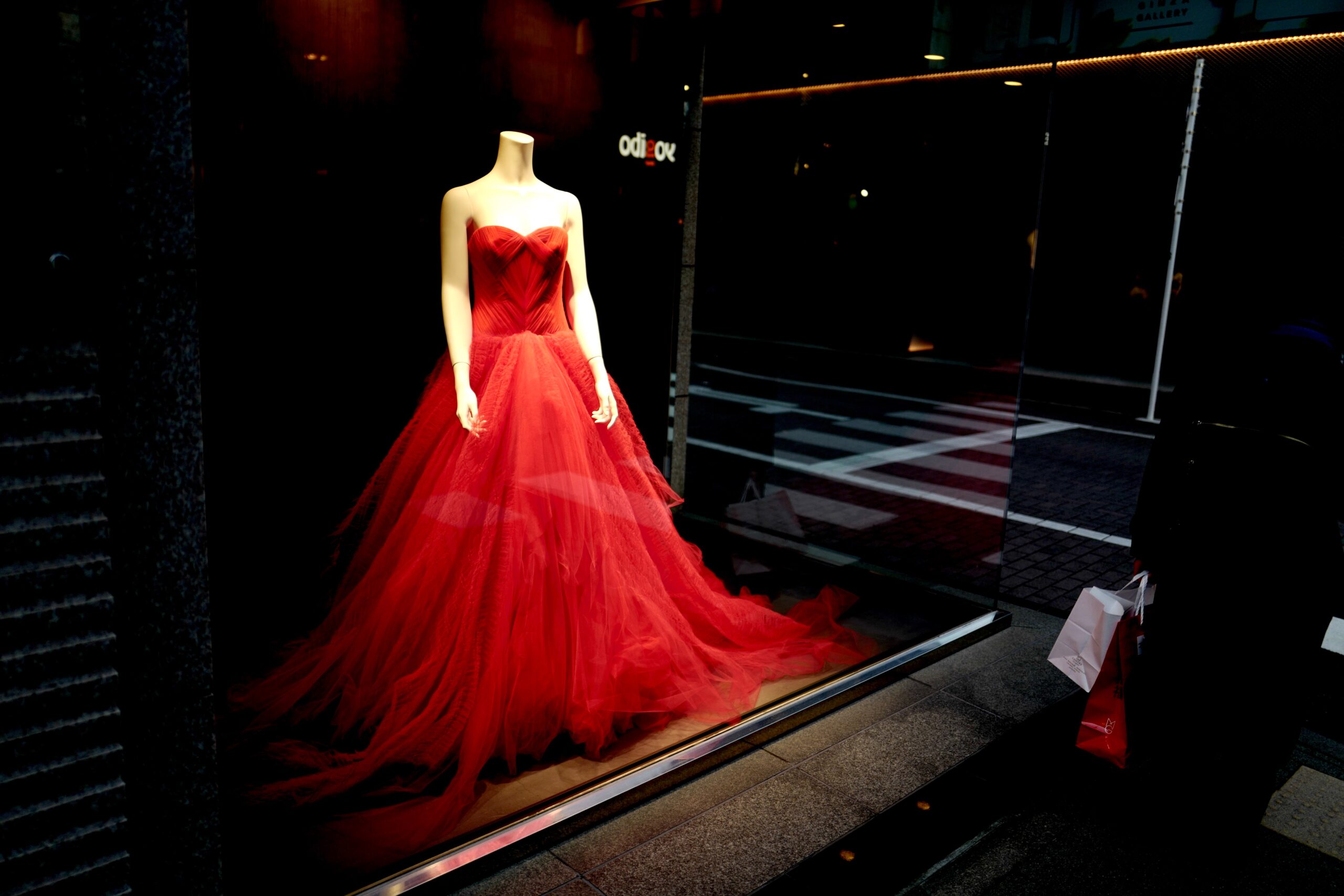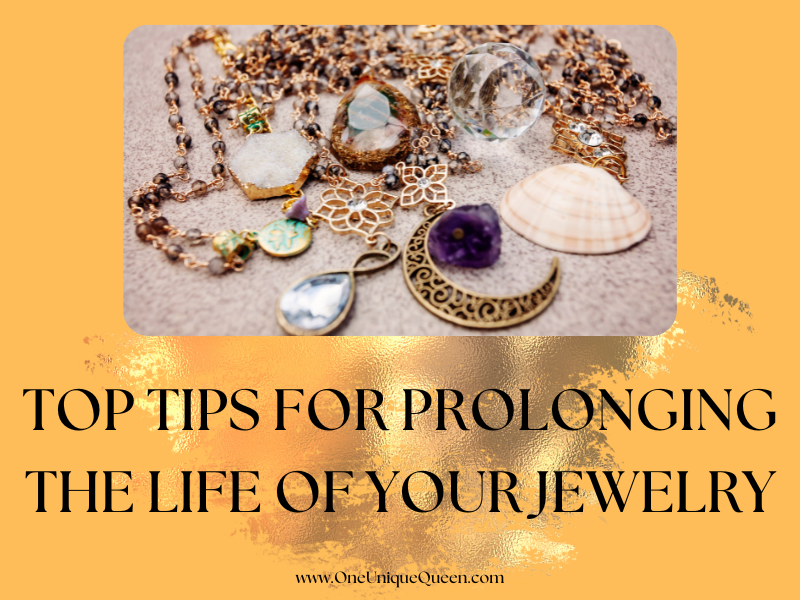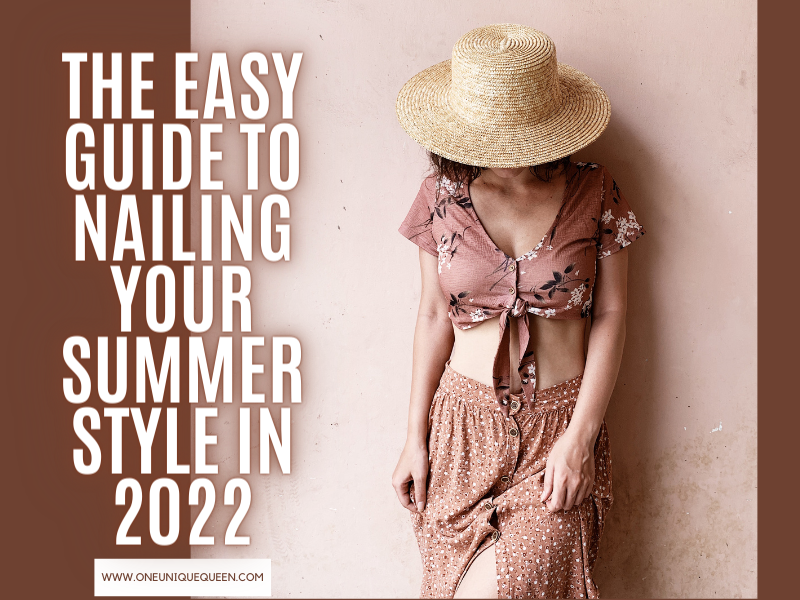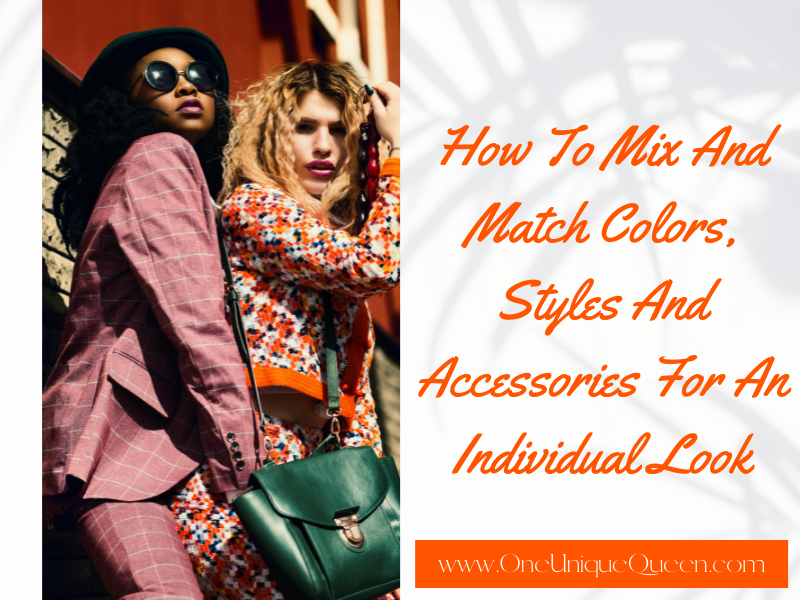
There’s a dress for every occasion. No matter what your style, or body type, there’s a dress to make you look and feel fantastic. Most people have their own associations with each style of dress and everyone knows some of the most iconic dresses in history such as safety pin showstopper worn by Liz Hurley, or billowing white silk of Marilyn Monroe.
If you’re not up to date with your dress knowledge, we’ve put together a guide to the most common dress types available to buy today.

A-Line Dress
A very flattering shape. The A-Line dress is fitted at the hips and then flares out towards the bottom, creating an A shape. It is a really versatile dress that can be worn for any occasion with a bit of creativity around shoes and accessories.
Bardot Dress
Named after the iconic French actress Brigitte Bardot, this dress oozes sultry sophistication. The Bardot dress is all about the neckline, which is a cute, off-the-shoulder look. The rest of a Bardot dress can be any style or length.
Bodycon Dress
The ultimate confidence booster. Bodycon Dresses, which are short for body-conscious, are tight dresses that cling to your body. Also known as a bandage dress, they are figure-hugging but not designed to alter the shape of your body. If you love what you’ve got, then the bodycon dress will help you flaunt it.
High-Low Dress
Instantly recognizable by its asymmetrical hemline which is longer at the back than the front. Sometimes the hem might be longer at one side. This shape is great for both formal dresses and causal. If it’s worn in a ball gown style, then heels are often needed to keep the hem from brushing the floor. Depending on the fabric your choose, these can have a floaty, ethereal quality to them.
Maxi Dress
Since the started to appear in the 1960s, the maxi dress as we know it today is an ankle-length dress, which is usually more informal than a cocktail dress. The neckline and arm length can be of any style. Maxi dresses are perfect for a relaxed summer feel when teamed with a pair of summer sandals.
Mermaid Dress
A glamorous and sophisticated style, the Mermaid dress is fitted from the bodice to below the knee, where it begins to flare out like a mermaid’s tail. It is a very popular style of a lot of wedding dresses, for people who want the drama but without the full skirt. Many mermaid dresses have beautiful, ornate embroidery or beading running the length of them, giving that extra layer of glamour.
Midi Dress
If you’re looking for a touch of formality, without feeling like you’re heading to the Oscars, a midi dress is a great choice. The length sits between that of a maxi dress and a mini dress. It can come with any type of sleeve and neckline.
Mini Dress
When the mini dress first caught the attention of the world in the 60s, it caused a huge scandal. Showing so much leg was practically unheard of. The mini dress has never really gone out of fashion and if anything, there is even less of it than before. It inspired the iconic little black dress. And as Karl Lagerfeld once said ‘no one is overdressed or underdressed in a little black dress.’ which is still good advice today.
Peplum Dress
The classic peplum shape can be traced all the way back to ancient Greece. The flared peplum detail is most often found around the waist or on the hips of the dress. It’s a great shape for office or night out and adds a playful twist to a more standard shift style dress.
Pinafore Dress
Originally, the pinafore dress evolved from a more traditional apron and was work over other clothes. Today, it is a sleeveless dress that fastens at the back and is usually worn over a shirt or t-shirt. The name pinafore comes from the words pin and afore. As originally, it was pinned to the front of a dress.
Shift Dress
The classic shift dress became a favorite of the 90s power dresser. Its boxy silhouette was usually sleeveless. Far from being as utilitarian as it seemed, the shift dress is effortlessly teamed with heels or flats for a versatile look. If you want to rock a 60s vibe, break out the knee-high boots.
Shirt Dress
Looking like an oversized shirt, this style of dress is usually worn with a belt in the middle or has ties. As the name suggests, it’s a dress that looks like a shirt and is a great combination of stylish and comfortable. It can be dressed up or down depending on the occasion.
Skater Dress
The skater dress is a relatively new style that is based on the costumes often worn by figure skaters. It features a fitted top with a floaty or flared skirt. They can be paired with trainers or flats for a casual look with a feminine touch.
Slip Dress
The most delicate of dress styles, the slip dress often looks more like a petticoat or nightdress. It has thin delicate straps and is usually made from light or floaty material.
Wrap Dress
A universally flattering shape. The wrap dress can highlight curves or create them. It’s great for all shapes and sizes. The wrap is usually one-sided and the belt is wrapped around the waist and then ties. A wrap dress can be any length.
Final thoughts
Most people have their favorite style of dress, a one that they feel comfortable in, and is flattering. It’s easy to get stuck in a style rut and play it safe, so why not try out a different style for your next purchase. It’s good to step out of your comfort zone every now and then. Who knows, you might find your next favorite dress.
In today’s fashion market, there are countless styles of dresses out there designed to meet every taste and budget. You’ll be spoiled for choice.










COMMENTS MAKE ME HAPPY!